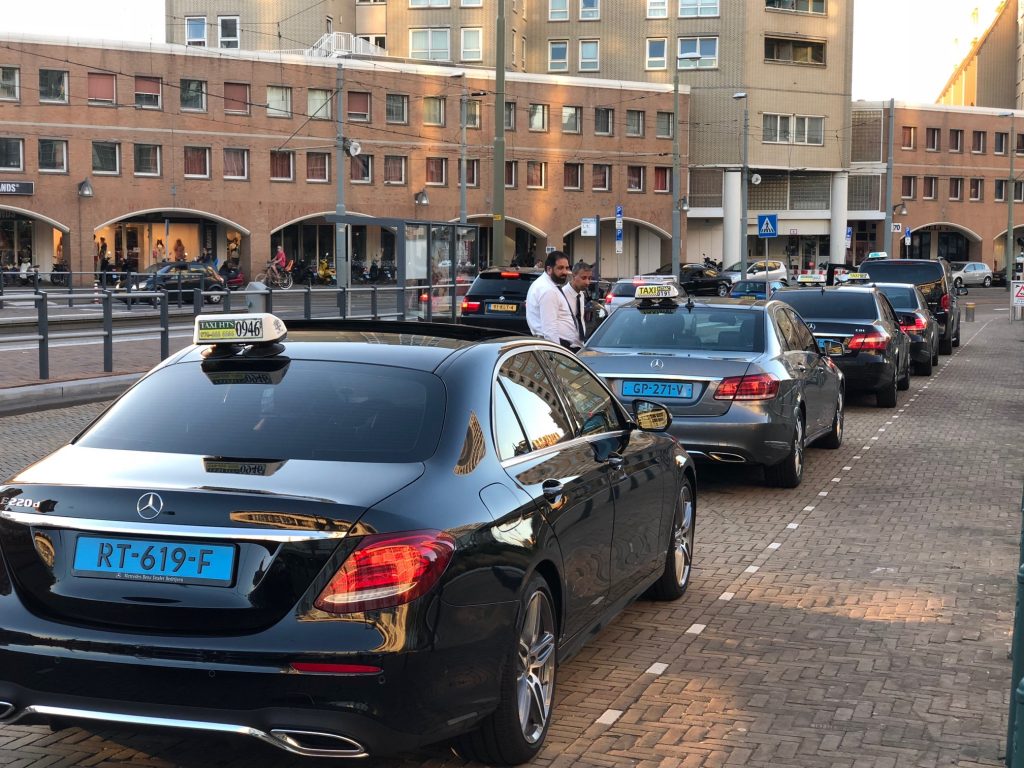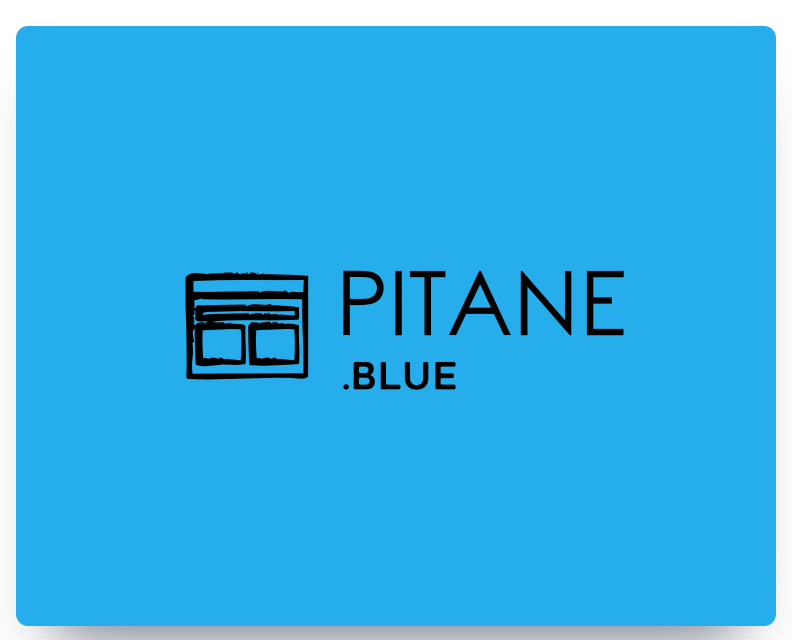In the first half of 2019, the National Foundation Complaint Reporting Point Taxi transport (SLKT) received a total of 273 complaints and 78 reports. The traveler can not only file a complaint about the taxi transport of a specific taxi company, but can also make a report with comments or comments regarding the taxi policy in general.
In addition, reports 'leaving something in the taxi' and 'blocking the road' are increasingly coming to the complaint reporting point. The foundation has chosen to register these reports as well.
'Rate' category.
When we look at the nature of the complaints, we see that in consumer transport (street taxi) the most complaints are received. Travelers can ask the driver for a print receipt, a receipt with trip information, so that they know the exact time at which their trip took place.
The SLKT experiences this print receipt as a good development. This makes it easier to identify taxi companies and taxi drivers and the receipt provides objective information, which benefits complaint handling. In addition to general complaints that the rates for the taxi are simply expensive, it is mainly taxis that, for example, make tourists pay too much and drive outside the taxi meter.
Category “not on time”.
Within contract transport, most complaints are in the “not on time” category, a total of 47 complaints. Taxi companies are often allowed to pick up the passenger within 15 minutes before to 15 minutes after the agreed time within the contract transport. This margin is set to allow taxi companies to combine rides. Travelers already experience this margin as wide, but if taxis arrive without consultation outside these set times, this will annoy travelers.
Category “Other”.
The category “Other” needs further explanation. A complaint can only be linked to one category. Within the category “Other”, a complaint can be linked to several keywords. The distribution of the other category shows the behavior of the driver and the category “rate” the most. The bad behavior of the driver is usually a reaction to a complaining traveler about the fare of a ride.
Since the start of the reporting point, it became clear that contact points are not only sought in the event of complaints by travelers. Because the name and contact details of the reporting point are stated on the rate card, other types of calls are also received.
For example, the SLKT number will be called if a taxi gets in the way somewhere or is parked awkwardly. Even when someone has left something in the taxi, such as their mobile phone. The underlying taxi operator can usually be traced via the P number and the caller can be referred there. In addition, some travelers think that they can order a taxi via the 0900 number. They are also more informative questions about taxi policy or the operation of the reporting point.
Also read:
In Scheveningen, a beer-bike ban becomes necessary after complaints from residents about nuisance



